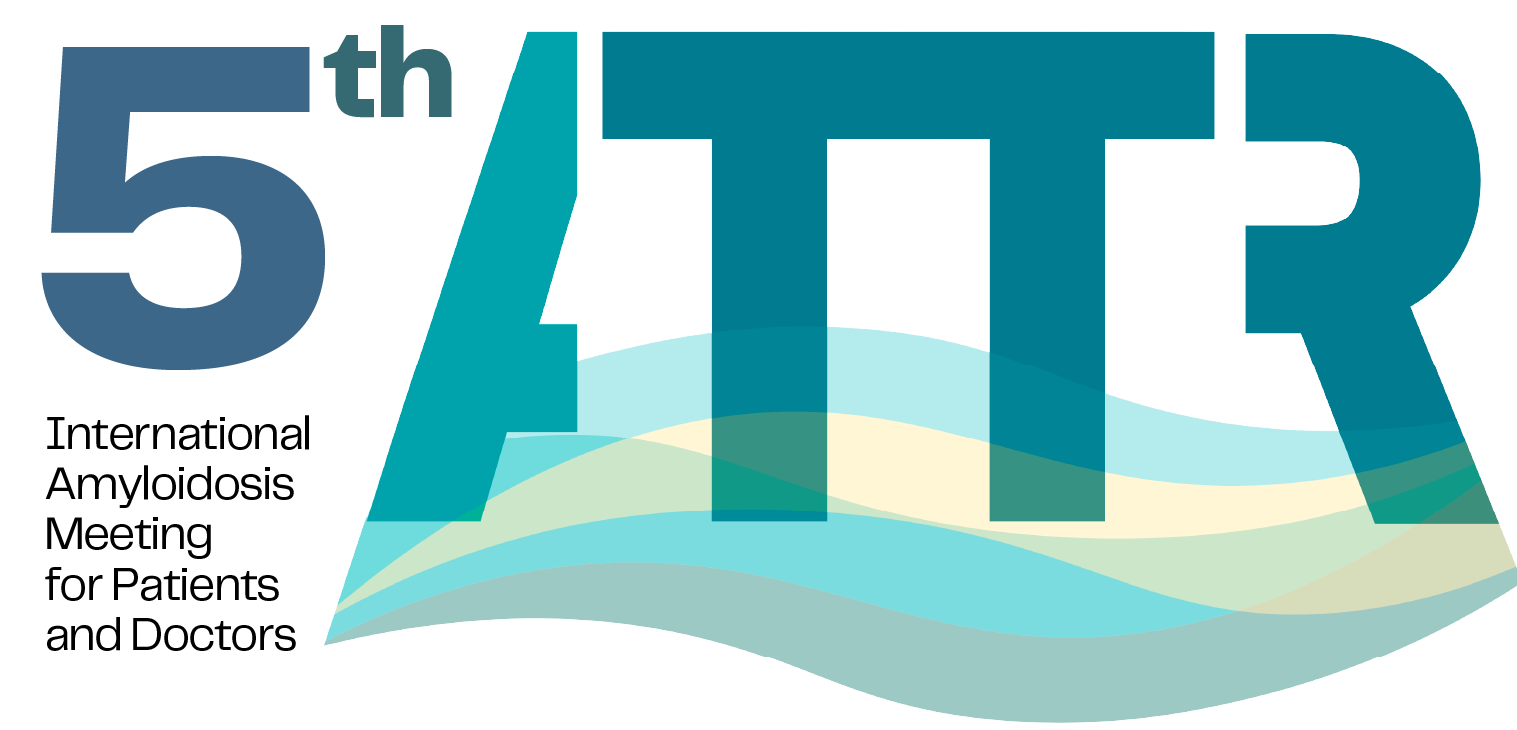ORGANIZING SECRETARIAT

STUDIO CONGRESSI S.r.l.
Viale della Libertà, 17
27100 Pavia (PV) - Italy
📞 +39.0382.21424
+39 3387123939
+39 3518055151
✉️ info@studio-congressi.com
✉️ info@attr2025.com
Copyright © 2025 • Studio Congressi S.r.l. - Developed and Powered by Qibli Srl


